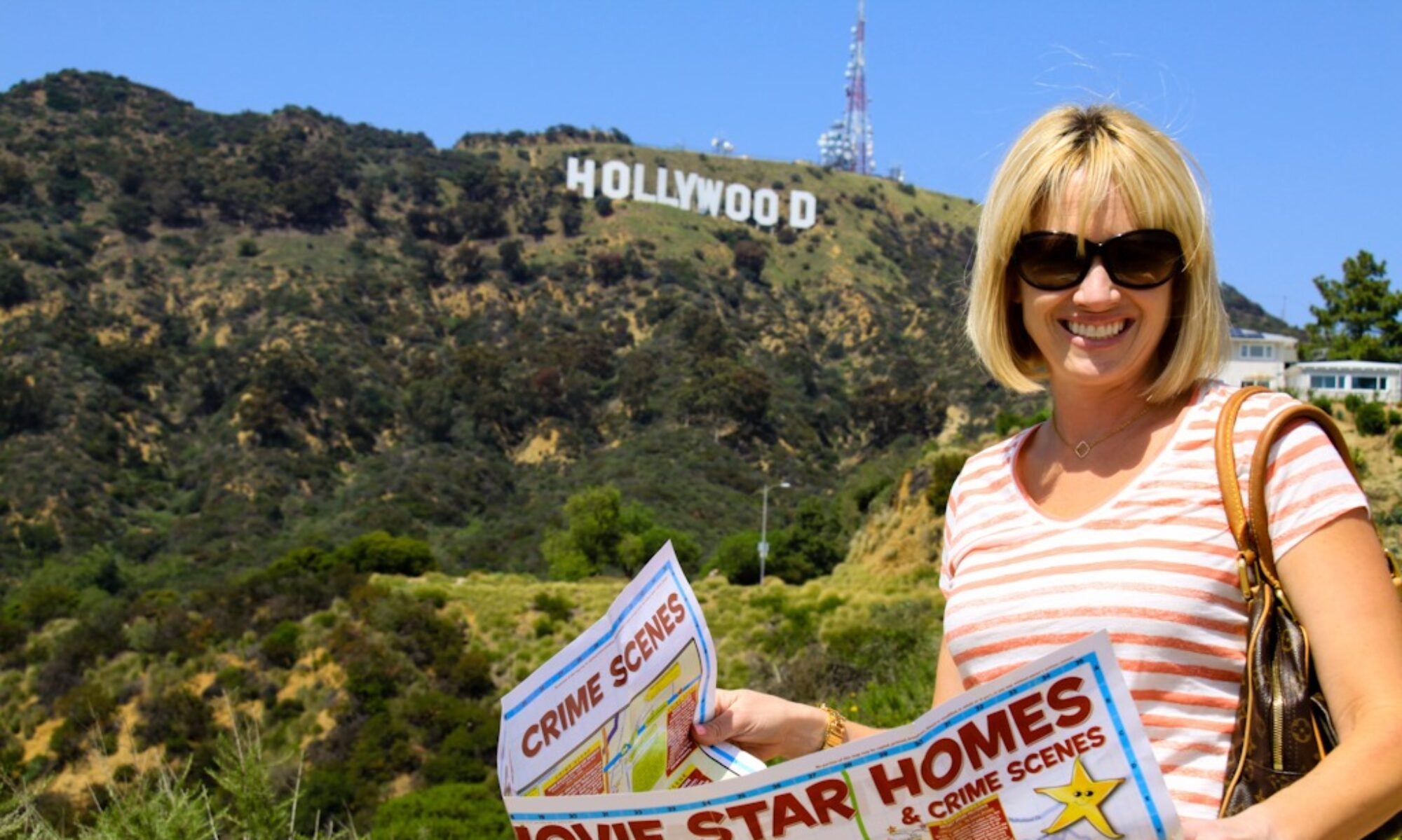I abhor change, as longtime readers of this site well know. So I was devastated to learn that Fog City Diner, the landmark eatery in my hometown of San Francisco, had undergone a major revamp and reopened as the simpler, sleeker and far more modern “Fog City.” The shiny chrome train-like structure situated on Battery Street at The Embarcadero had been a staple of the city’s skyline for decades and a harkening back to my childhood every time I passed by. I was informed of the unseemly renovation while visiting my friend Nat, who lives in the area, in February 2015. Despite my sadness over the matter, since the restaurant’s former iteration made an appearance in the the 1993 comedy So I Married an Axe Murderer, we decided to head over there for some brunch/stalking my last day in town.
[ad]
Fog City Diner was originally established in June 1985 by restaurateurs Bill Higgins, Bill Upson and Cindy Pawlcyn, of Napa’s Mustards Grill fame. Designed by Pat Kuleto, the unique space bore the look and feel of a streamlined 1930s diner, but a very high class one, with the reimagined comfort food offerings to match. Just steps from the waterfront, the site where the eye-catching eatery was erected was originally home to a train engine repair facility. It became a coffee shop named Harbor Cafeteria, which catered to soldiers and sailors, in 1958. After going through several different restaurant incarnations, including Mildred Pierce and Battery Point, in the years that followed, it was eventually transformed into the gleaming chrome fixture that instantly became a San Francisco icon. You can check out some images of what it looked like here and here.
Sadly, in 2013 Higgins and Upson (Pawlcyn had long since dropped out) decided to give the restaurant a complete overhaul. It shuttered in March of that year and then re-opened six months later as Fog City. During the renovation, the historic and well-loved site was taken down to its studs and then rebuilt by architect Michael Guthrie. The new design, which sort of retains its diner shape, boasts a large central bar, seating for 160 patrons, an exhibition kitchen with a wood-fired oven and seven-foot grill, and views of the San Francisco Bay. Though pretty, all of the elements that made the place so unique have disappeared. Gone are the dark leather train-car-like booths, checkered tilework, handsome wood detailing, and fabulous chrome siding.
The revamped site looks like a normal, everyday restaurant, both inside and out.
When I visited Fog City for the first time as a kid, I remember being absolutely mesmerized. I truly felt as if I had entered an antique train car and was dining atop the rails. It was a magical experience – one that did not wane, even as I continued to frequent the eatery as a teen and adult. Sadly, the redesign just does not compare to the Fog City of old. You can check out what the interior formerly looked like here and here.
Thankfully, I can at least report that the food is still as good as ever.
In So I Married an Axe Murderer, Charlie Mackenzie (Mike Myers) takes Harriet Michaels (Nancy Travis) on a rather awkward double date with his friends Tony Giardino (Anthony LaPaglia) and Susan (Debi Mazar) at Fog City Diner.
The film gives audiences a fabulous glimpse of what the exterior . . .
. . . and interior of the restaurant looked like pre-remodel.
As you can see in the screen capture as compared to the photograph below, though the footprint of the structure remains the same, its aesthetic is a far cry from what it used to be.
Fog City Diner was the also site of a famous Visa commercial from 1990 (well, it was at least famous to us San Franciscans), which you can watch here.
And it was satirized as the Fog City Dumpster, a restaurant run by a group of bears, in Farley, the popular San Francisco Chronicle comic strip that ran from 1975 to 2007.
Fog City Diner was supposedly featured in an episode of Nash Bridges, as well, but I am unsure of which episode. If anyone happens to know, please fill me in!
For more stalking fun, follow me on Facebook, Twitter, Instagram, Los Angeles magazine and Discover Los Angeles.
Until next time, Happy Stalking! ![]()
Stalk It: Fog City, aka the former Fog City Diner from So I Married an Axe Murderer, is located at 1300 Battery Street in San Francisco. You can visit the restaurant’s official website here.































































































































































































































































































































